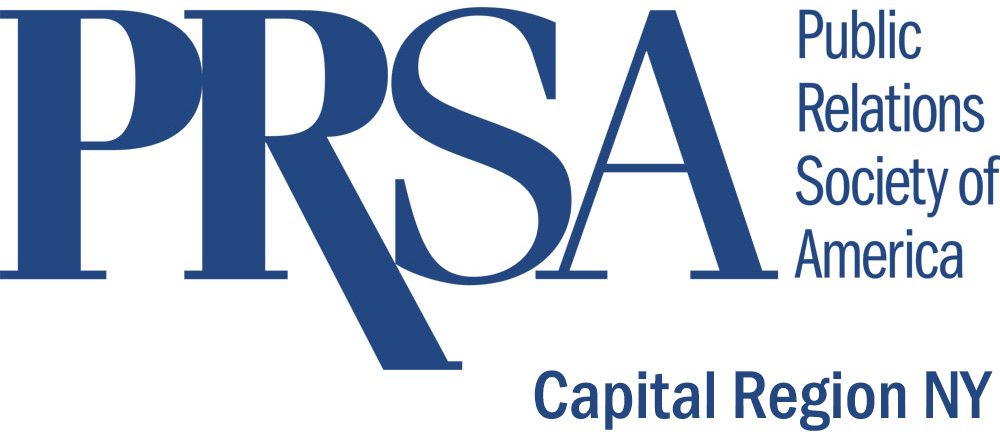Guest Post by Vincent Barr
Marketing Coordinator, Triumvirate Environmental
You didn’t write fake bus notes in slang and you don’t write grocery lists in prose. I hope.
So, don’t collaborate with a client on an opinion piece or byline until you know three things inside and out: whom you are writing for, why your viewpoint matters, and why your subject matter is relevant. Audience, value, and context are the stove, lock, and kids you need to check before your bon voyage.
Let’s take a closer look:
1. Audience:
Buzz-word of the century it may be, but audience matters. You are writing for at least two parties: your target publication’s readership and its editorial board. If He Says, She Says magazine only runs opinion pieces that take crude, presumptuous stances, then you should identify a topic that you can take a crude and presumptuous stance on – sincerely – or look elsewhere. You do not have to agree with the readership or the editorial board, in fact, opposing viewpoints is what they are trying to capture; but you do have to play by their rules.
Square pegs, stick to square holes.
2. Value:
As publishers reduce staff, editorial boards are responsible for more tasks and expected to cover more ground in a shorter span of time. They receive submissions in high volume so the benefit to readers, the selling point of your op-ed, must be immediately visible. This is not only creating a sequential piece with a clear focus and an appropriate subject line, but marketing yourself. What do you bring to the table? Why is your opinion more credible or interesting than the man in the yellow hat sitting next to you – is it experience or a lack thereof, education, your story? Whatever it is, you must champion it in your one-to-two sentence byline.
Remember polymorphism, forget amorphism.
3. Context:
You don’t read the newspaper to learn about aged topics and you don’t read trade journals to learn about horizontal fields. Relevance and timeliness are important. A hot topic today may be retired by next week, or even tomorrow. Op-eds should be as reactive as they are thoughtful. Drawing comparisons across fields, like how Obama’s advertising campaign is like an 18-hole golf course, can work so long as the target publication has some interest in the intersection of politics and advertising (and a tolerance for similes.)
Jack Burton is nothing without Lo Pan… right?
Vincent Barr is a Marketing Coordinator at Triumvirate Environmental, Blogger for the Times Union, and Mentor-Coach at New York Needs You. He currently attends Columbia University and graduated from the College of William and Mary in 2008.
